When answering the question of what type of disease (arthrosis) it is, its polyetiological nature must be taken into account. All types of diseases have different causes and arise from a disruption in the production and self-healing of cartilage cells.
Internal or external pathogens disrupt cell renewal and trigger processes of fibrillation, thinning and complete destruction of the cartilage tissue. When diagnosing joint arthrosis, symptoms and treatment depend on the degree of development of the pathology.
Osteoarthritis is a chronic disease in which, as a result of metabolic disorders, there is a progression of degenerative-dystrophic changes in the joint structures with gradual destruction of the cartilage tissue. The disease manifests itself in severe joint pain, morning stiffness and sometimes limited mobility.
Over time, the disease leads to impairment of the functionality of the limb, so when the first symptoms appear, you need to see a doctor.
All medical sources write and talk about osteoarthritis as it is the most common joint disease. More than 6% of the population suffers from various types of osteoarthritis, and even young people are not spared from the disease. Pathology shows a gender bias depending on age: in young patients, men predominate, while in the mature and older risk group, women predominate.
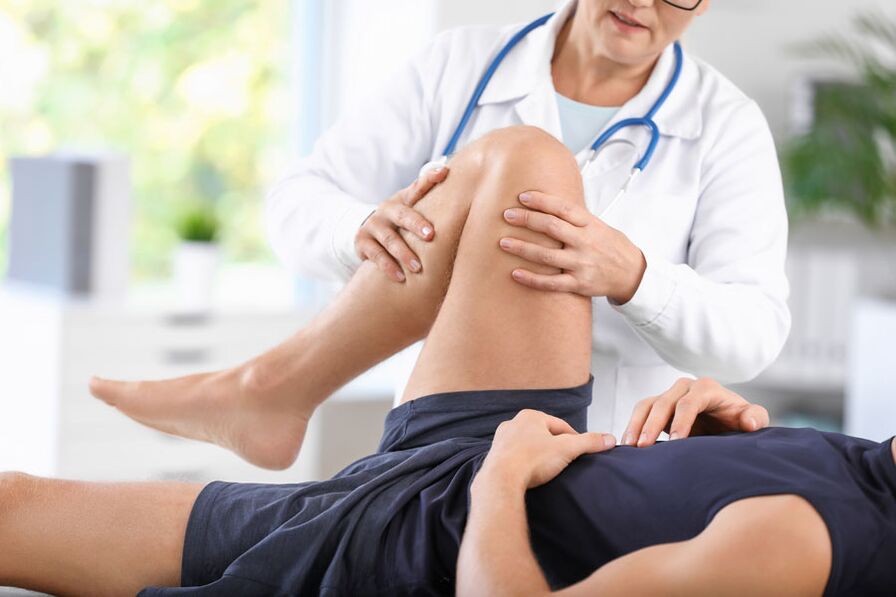
Types and stages of the disease
Osteoarthritis can develop as a primary, idiopathic pathology in a previously healthy joint, usually as a result of age-related changes in metabolism and tissue trophism. It can also be a secondary disease, a complication of an injury or damage caused by a previous pathological process.
Depending on the location, a distinction is made between arthrosis of the joints:
- Coxarthrosis - hip;
- Spondyloarthrosis – vertebral osteoarthritis affecting the intervertebral discs in the neck, thoracic and lumbar regions;
- uncovertebral – vertebrae in the neck area;
- gonarthrosis - knee;
- Patellofemoral gonarthrosis is osteoarthritis of the lower extremities that affects the sesamoid bone and the upper part of the femur.
The disease develops gradually over the course of life, sometimes very slowly. There are four main degrees of osteoarthritis:
- 1st or initial degree, in which the process of degenerative-dystrophic changes is just beginning, often without symptoms.
- The 2nd degree can manifest itself as discomfort, grinding and mild pain in the joints.
- The 3rd degree is characterized by disruption of the usual way of life due to frequent pain, lameness and limitation of physical activity.
- The 4th degree of osteoarthritis is the complete destruction of the cartilage tissue on the surface of the joint, resulting in immobility, deformation of the joint and severe pain. At this stage of the disease, endoprosthetics is necessary; all other treatment methods are no longer effective.
When diagnosing arthrosis, treatment depends on the degree of the pathological process, its primary or secondary history, the patient's age and concomitant diseases.
Orthopedic traumatologists select the most appropriate treatment tactics, also taking into account the options for surgical treatment.
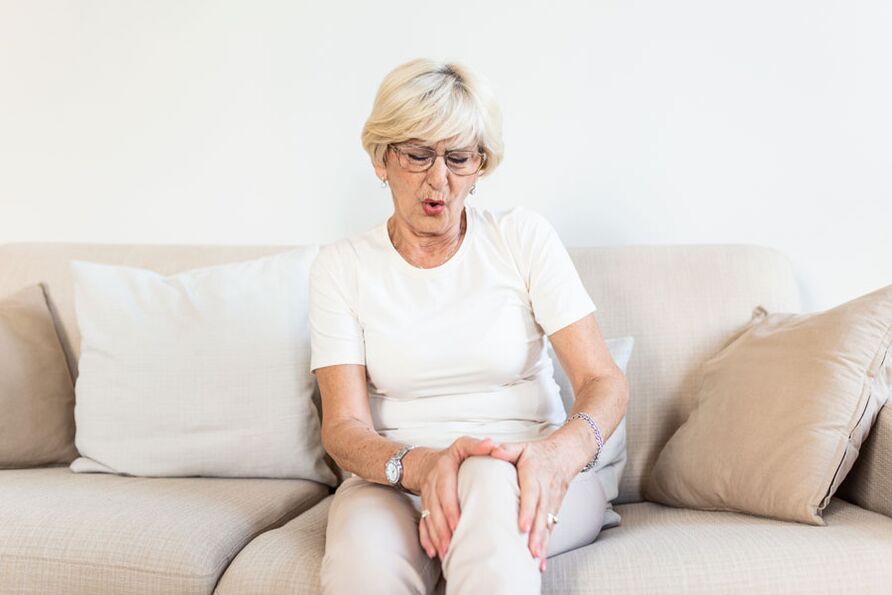
Symptoms and signs of the disease
First degree pathological changes may not show any signs. Often, incipient pathology is diagnosed accidentally during an examination for another reason.
As the process develops, the main signs of osteoarthritis are pain of varying degrees, colors, types and frequencies. This can be pain after physical activity, sports, night sleep or cooling down.
The pain can occur at the beginning of the day or with a sudden start of movement, depends on weather conditions and humidity, and "anticipates" changes in the weather. In simple terms, joint osteoarthritis is "weather-related pain in the legs. "
Any part of the musculoskeletal system can be affected, but the knee and hip joints are particularly stressed.
Symptoms of osteoarthritis:
- Joint blockage, limitation of movement, stiffness in the morning;
- Grinding, which may not necessarily be accompanied by pain in the early stages;
- Feeling of friction in the joint when walking;
- deformation of the joint itself;
- Violation of body symmetry;
- Lameness, "duck gait" after prolonged inactivity;
- Swelling, redness, swelling of surrounding soft tissues if bursitis or synovitis is involved;
- changes in blood pressure;
- dizziness, headache;
- Cramps and muscle spasms.
In men, the risk zone is in the wrist, ankle, jaw joint and lumbar areas. In women, the thoracic and cervical spine, the metatarsophalangeal joint and the finger joints are affected more quickly.
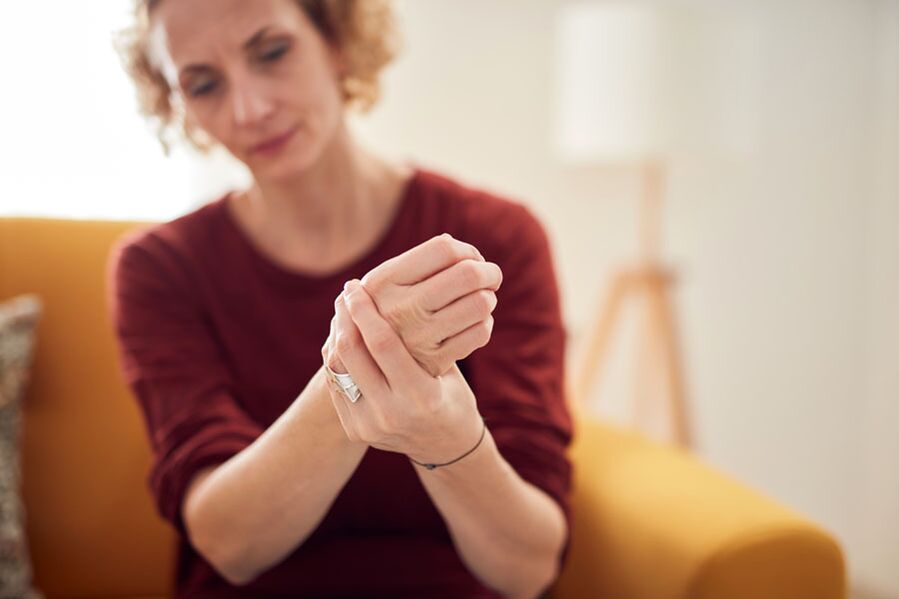
Diagnosis of the disease
Pathology is diagnosed based on typical clinical manifestations and confirmed using hardware diagnostic methods.
Modern devices make it possible to visualize the tissue and thus provide a reliable picture of the degree of the degenerative process and the condition of the tissue in the affected area.
- X-rays in multiple projections make the joint visible and thus enable the extent of the damage to be assessed.
- To obtain a three-dimensional picture of the joint, examine the condition of the tissues and exclude tumors, CT or MRI are prescribed.
- Clinical blood and urine tests reveal or rule out concomitant diseases and thus enable an assessment of the body's condition.
To obtain an accurate picture of the pathology, the results of two or more studies are analyzed.
To clarify the diagnosis and exclude other pathologies, if the results are doubtful, an additional examination is prescribed, which can be carried out with the participation of doctors of other specialties.
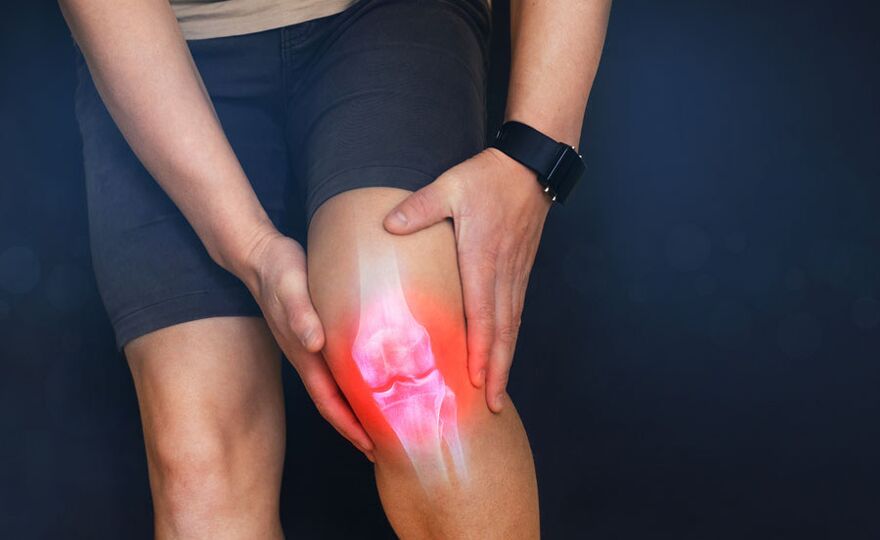
Treatment of joint osteoarthritis
Before treating arthrosis, it is necessary to stop the process of further destruction of cartilage tissue and the development of pain. This is achieved through a therapy program that includes the following methods and means:
- Nonsteroidal anti-inflammatory drugs that stop inflammatory processes and relieve pain.
- Injections of corticosteroids into the synovial bursa stop the acute inflammatory process and pain.
- Injections of hyaluronic acid into the synovial bursa restore intra-articular fluid.
- Chondroprotectors that can stop the degenerative-dystrophic process in the joint tissue.
- The innovative PRP technique or plasma therapy triggers self-healing processes in the tissue through injections of the patient's own blood plasma with a high platelet content.
With the development of neurological disorders, sedatives, painkillers, anticonvulsants, antispasmodics and muscle relaxants can be prescribed.
How and with what is osteoarthritis of the joints treated if the clinical picture is severe?
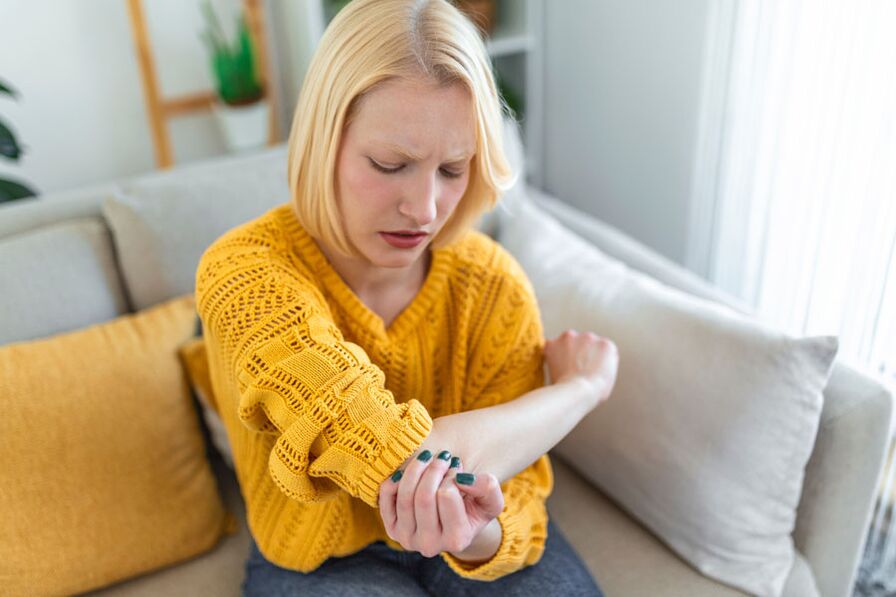
Among the therapeutic methods, physiotherapy is the most effective.
At the stage of exacerbation of arthrosis of the lower extremities, spine, shoulder and other joints, courses of physiotherapeutic procedures show the best results:
- Laser therapy.
- Magnet.
- UV irradiation.
During the remission period, the following courses are prescribed:
- Electrophoresis.
- Inductothermal energy.
- Ultraphonophoresis with hydrocortisone.
- Electromyostimulation.
- Balneotherapy, mud treatments, radon baths.
The patient is prescribed a special program of physiotherapy, regular swimming in the pool, water aerobics and exercise therapy.
If necessary, the doctor recommends wearing an orthosis on the affected joint.
Is osteoarthritis of pathology grade 4-5 treated?
If therapeutic methods are unsuccessful, the disease progresses and surgical treatment is indicated.
The type of joint surgery depends on the degree of tissue damage:
- Arthroscopy. A gentle surgical method that preserves the integrity of the joint, but thoroughly cleanses the articular surfaces of bone growths, osteophytes and irregularities using endoscopic technology.
- Osteotomy. This method involves removing part of the joint tissue to restore the symmetry of the joint and eliminate severe deformities.
- Arthrodesis or fixation in a comfortable position for subsequent complete fusion without the possibility of further mobility of the joint.
- Endoprosthetics. A method of radical surgical treatment in which the affected joint is completely or partially replaced with an endoprosthesis. The prosthesis is selected individually according to the parameters and must fully ensure the functionality of this joint.
The choice of the best treatment method lies within the doctor's area of expertise.
It is necessary to work with a specialist, listen to his recommendations and follow them carefully. Then the treatment is successful and allows you to lead your normal lifestyle without any special restrictions.
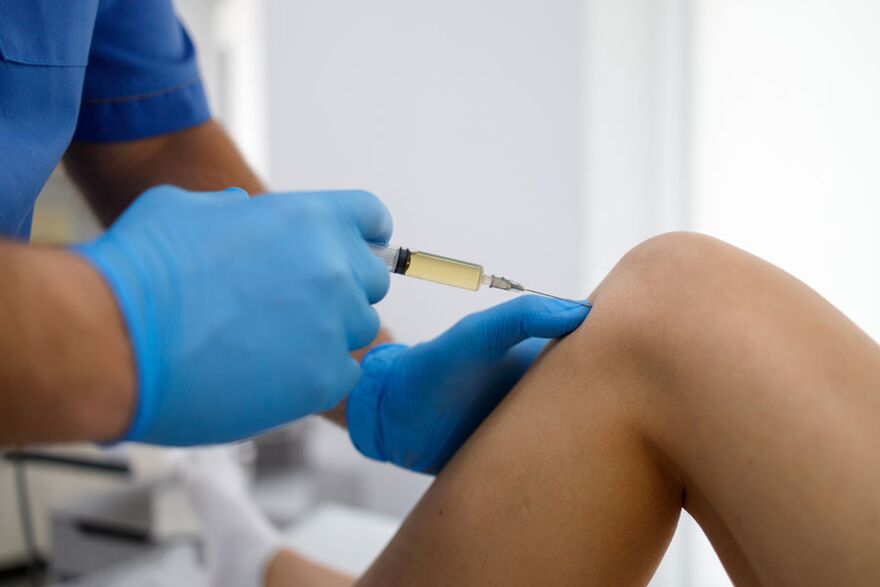
Causes of the disease
Age-related tissue changes, a history of injury and disease are often a complex factor in the development of osteoarthritis in people over 50 years of age.
But there are many other pathological triggers that trigger the destruction of joint tissue:
traumatic damage to joint tissue;
- Complications of other diseases: arthritis, thyroid diseases, infectious, inflammatory processes in the body;
- autoimmune processes;
- hypothermia;
- excessive sports and physical activity;
- Obesity, metabolic disorders.
If we say in simple words what osteoarthritis is, the definition would be "destruction of the cartilage layer in the joints".
As a result, the cartilage loses its natural elasticity and develops a rough surface and microcracks. Bone tissue grows on damaged areas of the cartilage surface and forms bumps and outgrowths - the so-called osteophytes.
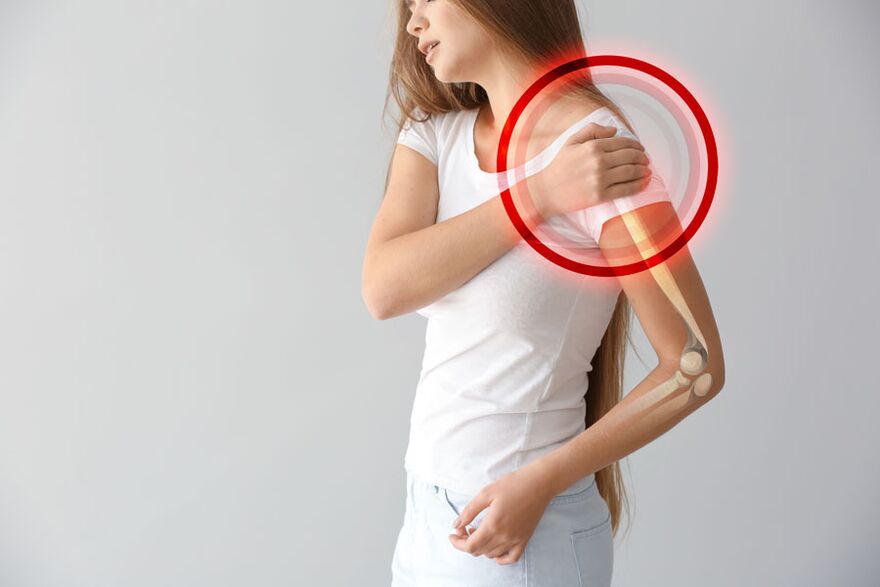
Disease prevention
Measures to prevent arthrosis are aimed at preventing irreversible degenerative changes in cartilage tissue that deprive a person of a full life:
- Activation of recovery processes. Compensation for the lack of chondrocytes (glycoproteins, proteoglycans, collagen) in the body and activation of their work.
- Complete nutrition of cartilage tissue. Ensuring sufficient motor activity to normalize the blood supply to the bone and perichondrium.
- It is recommended to lead an active lifestyle and include foods rich in flavonoids in the diet.
- Strengthening bone structures. To prevent pathological changes in the area of bone tissue, osteoprotectors are prescribed.
When diagnosing joint arthrosis, symptoms and treatment depend on the degree of development of the pathology. The earlier therapeutic treatment of osteoarthritis is started, the greater the chances of restoring joint function and maintaining mobility and quality of life.
Surgical treatment helps to restore functionality that has already been lost.
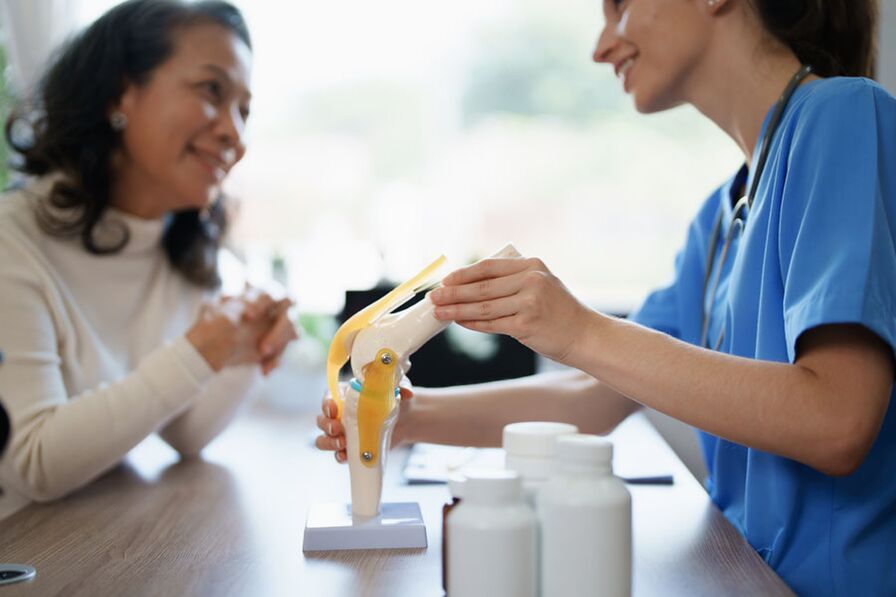
Orthopedic traumatologists will do everything to improve your health and restore the joy of movement. When diagnosing and treating osteoarthritis, professional doctors rely on the best world experience - medical protocols with proven effectiveness. All important decisions are made together in consultations with doctors from other disciplines. After completing all the necessary treatment measures and operations, the rehabilitation therapy scheme is selected individually, with comprehensive medical support at all stages.
























